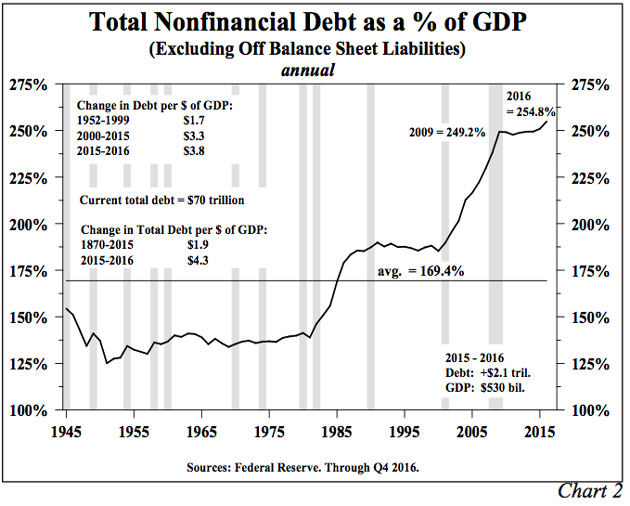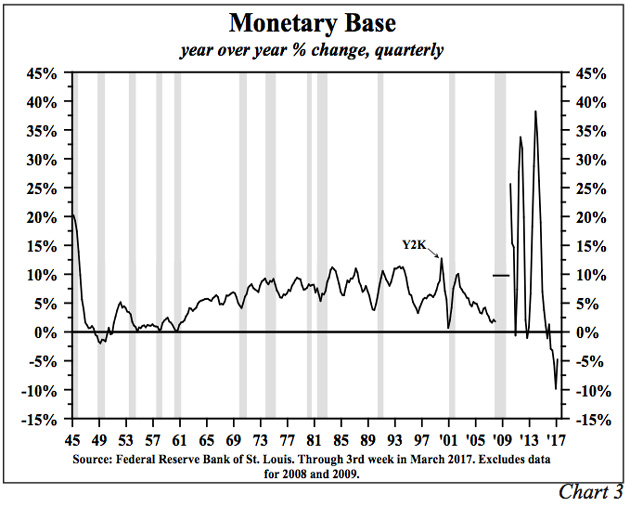The Fed is giving ‘free money’ to the world’s largest banks, and the big winners, according to the Wall Street Journal, are foreign banks. The latest report: $22 billion annually.
………………………………………….
(FROM THE WALL STREET JOURNAL 12/24/15)
By Katy Burne
Some of the biggest beneficiaries of the Federal Reserve’s recent interest-rate increase will be foreign banks.
Units of foreign banks this year [2015] received nearly half the roughly $6.25 billion in interest the Fed paid banks on the money, called reserves, they park with the Fed, the central bank’s data show. Those institutions control just about 15% of all bank assets in the U.S.
The Fed’s interest payments to banks are likely to roughly double next year because in mid-December it raised the rate it pays on reserves to 0.50% from 0.25%. The amounts could rise even more in coming years if the central bank continues lifting the rate, called the interest on excess reserves rate, or IOER.
Foreign banks receive a disproportionate share of the interest payments because they own an outsize share of total reserves.
[snip]
U.S.-chartered banks, including those owned by foreign banking companies, pay premiums to the Federal Deposit Insurance Corp. — ranging from 0.05% to 0.35% — based on their assets, including reserves but minus other capital measures. But U.S. lenders that don’t take deposits, and firms incorporated overseas whose U.S. operations don’t take deposits, don’t have to pay FDIC fees.
Both foreign and domestic banks can borrow money overnight at low short-term rates and park them at the Fed at a higher rate, earning a profit or “spread.” But for some foreign firms, the spread can be larger because they often don’t have to pay the FDIC fees.
To illustrate: Before the Fed’s rate increase, banks paid about 0.13% to borrow overnight in the federal-funds market and earned 0.25% on their reserves — a difference of 0.12 percentage point. A foreign bank could get a spread of 0.12%. Domestic banks that paid FDIC fees of about 0.07% on average on their insured deposits would be left with a spread of about 0.05%.
After the rate increase, both types of banks could pay about 0.35% to borrow overnight and get 0.50% on their reserves. That is a 0.15% spread for some foreign banks. But domestic banks, after paying the FDIC fees, get a roughly 0.08% spread.
The New York branches of Deutsche Bank AG and Credit Suisse Group AG each had about $40 billion in reserves at the Fed as of June 30, earning about $100 million in interest.
[snip]
Raising the IOER rate to 0.50% from 0.25% will increase the Fed’s interest payments to banks to about $13 billion annually, assuming reserves stay at the same level, said Karen Petrou of Federal Financial Analytics Inc.
The Fed is subsidizing both U.S. and foreign banks, said Joseph Gagnon, a former Fed economist now at the Peterson Institute for International Economics, and the latter have a proportionately larger advantage. “I’m surprised it hasn’t gotten more attention,” Mr. Gagnon said.
[snip]
The Fed started paying interest on reserves in 2008. It plans to use the IOER rate as its primary lever for controlling short-term rates, in part because its postcrisis stimulus policies left markets awash in money, rendering its old tools less effective.
Still, some Fed officials have expressed concern about how it looks to have the central bank making big interest payments to banks.
James Bullard, president of the Federal Reserve Bank of St. Louis, said in an August radio interview that if Congress isn’t comfortable with the size of payments to banks, in particular foreign ones, “They should definitely tell us right now, because . . . we would need to change our exit strategy dramatically if we cannot rely on the interest on excess reserves as being a tool of monetary policy.”
_________________________
So the U.S. Federal Reserve is doling out billions of dollars annually in free money handouts to the world’s largest banks, the very banks whose leveraged speculation strategies precipitated the great financial crisis. The very banks that foreclosed on millions of American home owners. The very banks that engaged in blatantly criminal FX and LIBOR rate manipulation, mortgage fraud and predatory lending.
And meanwhile, U.S. citizens are scraping along, neck deep in debt, stalled out with stagnant real median household income growth, lathered up in suffocating social welfarism…?
And Congress is sitting their heads up their ‘rear ends’… and no plan whatsoever to change anything related to the economic mess we are sitting in.
You have got to be kidding me..(!)
It is time for U.S. citizens to be granted the same access to liquidity that the Fed has provided, through various funding facilities, to Wall Street’s financial sector and continues to provide via IOER payments.
The Leviticus 25 Plan 2018 – $75,000 per U.S. citizen
The Leviticus 25 Plan 2018 (2260)




